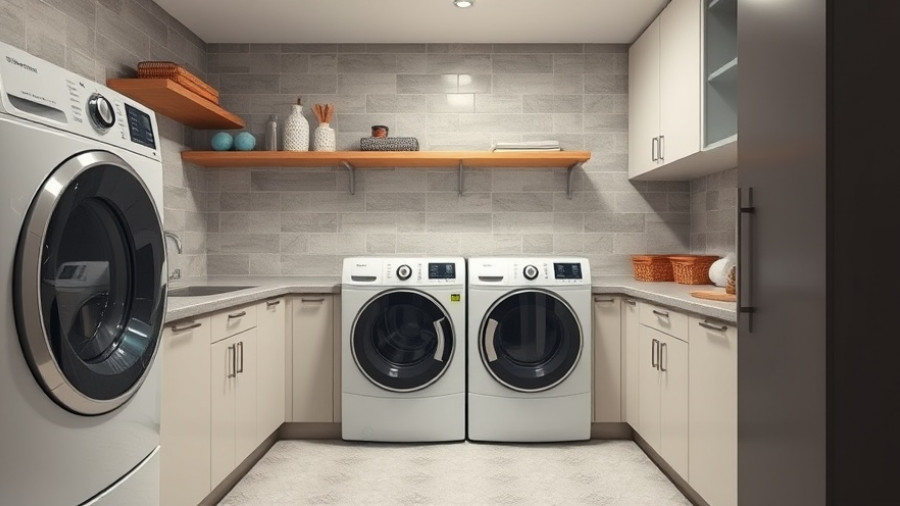
Understanding Common Bathroom Design Mistakes
Revamping your bathroom can be an exciting project, but it can also lead to costly mistakes if you are not well-prepared. When designing a bathroom, it is essential to consider how the space will function for multiple users while providing an aesthetic that will endure over time. In California, where homes often boast unique features and styles, avoiding common design blunders can ensure that your project brings joy and satisfaction for years to come.
1. Lack of Natural Light and Ventilation
One major misstep homeowners make is neglecting to include windows or proper ventilation in their bathroom designs. Bathrooms can feel cramped and dark without adequate light. If your new bathroom is on an internal wall, you might miss out on stunning views and natural light. Consider installing a window or an operable skylight to enhance the space, allowing natural air and sunlight to brighten the environment. This adjustment not only improves the atmosphere but can also reduce humidity and prevent mold growth—crucial in California’s diverse climate.
2. Dismissing the Shower’s Design Value
Choosing the wrong type of shower can lead to disappointment later. In recent years, curbless showers have gained popularity for their ease of access and sleek look. Especially appealing in California homes, which often incorporate modern aesthetics, a curbless shower can create a seamless appearance while being functional for all ages. Traditional shower designs require more space, which can be a limiting factor in smaller bathrooms, so consider this when planning.
3. Ignoring Storage Opportunities
In the hustle and bustle of daily life, effective storage is paramount, especially in bathrooms where products tend to accumulate. Many homeowners underestimate their storage needs. Custom cabinetry, built-ins, or open shelving can maximize organization while maintaining a stylish presentation. When taking advantage of vertical space, consider low-profile shelves above the toilet or deep drawers that keep smaller items out of sight while remaining easily accessible.
4. Overlooking Accessibility Features
As the population ages, it’s important for bathrooms to cater to different mobility needs. Features such as grab bars, walk-in tubs, and non-slip flooring should be part of the design considerations. Overlooking these factors can lead to unfortunate safety concerns that could limit the usability of the space in the future. By planning for all users now, you not only ensure safety but also improve the home’s marketability and appeal to a broader range of potential buyers in California.
5. Choosing Low-Quality Materials
Finally, one of the most critical decisions revolves around the selection of materials. While it might be tempting to cut corners and opt for cheaper materials, doing so can lead to significant problems down the road. In areas like California, where water issues are prevalent, it’s vital to choose high-quality tiles, fixtures, and cabinetry that can withstand humidity and sustain cosmetic appeal over time. Remember, your bathroom won't be just a utility; it should be a retreat.
Future Trends in Bathroom Design
Looking ahead, eco-friendly design elements and smart home technology are becoming rampant in the construction industry. HTVs—that is, High-Tech Toilets—are more than just a trend; they offer water savings and enhanced comfort. Following this path not only elevates the overall experience but also aligns with California's strong commitment to environmental responsibility. Embracing these technologies now can set your bathroom apart and elevate your home’s value.
Takeaway
Designing a bathroom is no small feat, but knowing the common pitfalls can save you frustration and unnecessary expense. Work with experienced designers and prioritize features that enhance usability, aesthetics, and longevity. Your bathroom can become a sanctuary, turning everyday routines into moments of relaxation.
 Add Row
Add Row  Add
Add 




Write A Comment